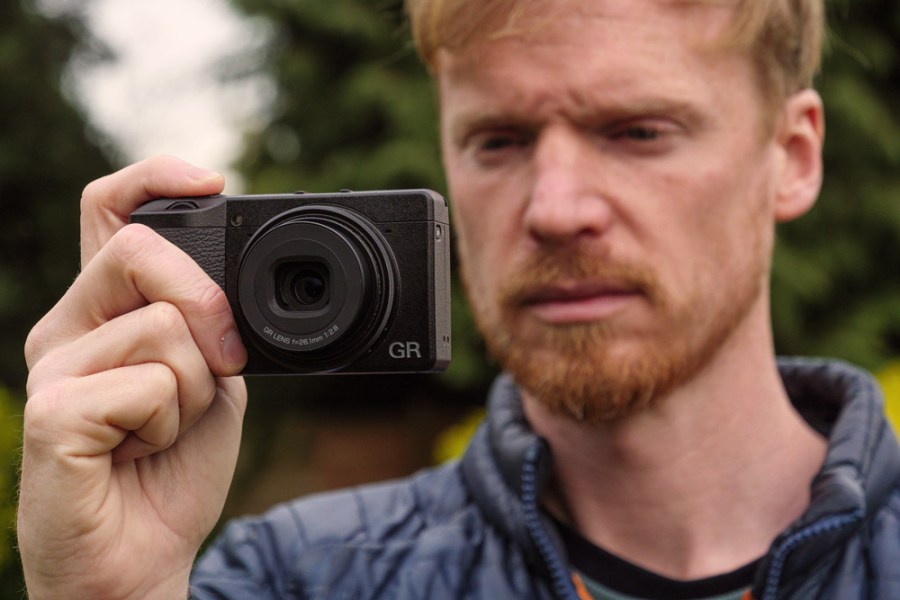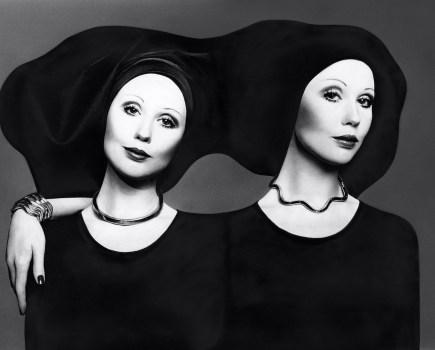Tim Coleman shares his views on the real creative value offered by a dedicated compact camera for photography, that you simply can’t get with a multi-purpose mobile phone. Cameras will always be better than smartphones – especially when it comes to focusing creativity, the compact camera’s dedicated purpose shines.
I recently spent a massive £900 on a new Ricoh GR IIIx compact camera. Sounds crazy considering that’s the price of the new iPhone 13 Pro, or Samsung Galaxy S22 range, which boast some of the best cameras in a phone ever, and can arrange my life and keep me connected. So what makes this camera a more compelling choice for photography, and what has my experience been like with it so far?

Macro photo taken with the Ricoh GR IIIx, Tim Coleman, unedited image straight from the camera (resized for web)
My criteria for a new compact camera was based around image quality and convenience. Inspired by my phone – it needed to be small enough to slip into my trouser pocket. The GR IIIx fits the bill and is on me all the time, no conscious effort involved. It’s tiny size and understated design help me blend in when I’m out and about, heck in the public’s eye I might as well be using my phone.
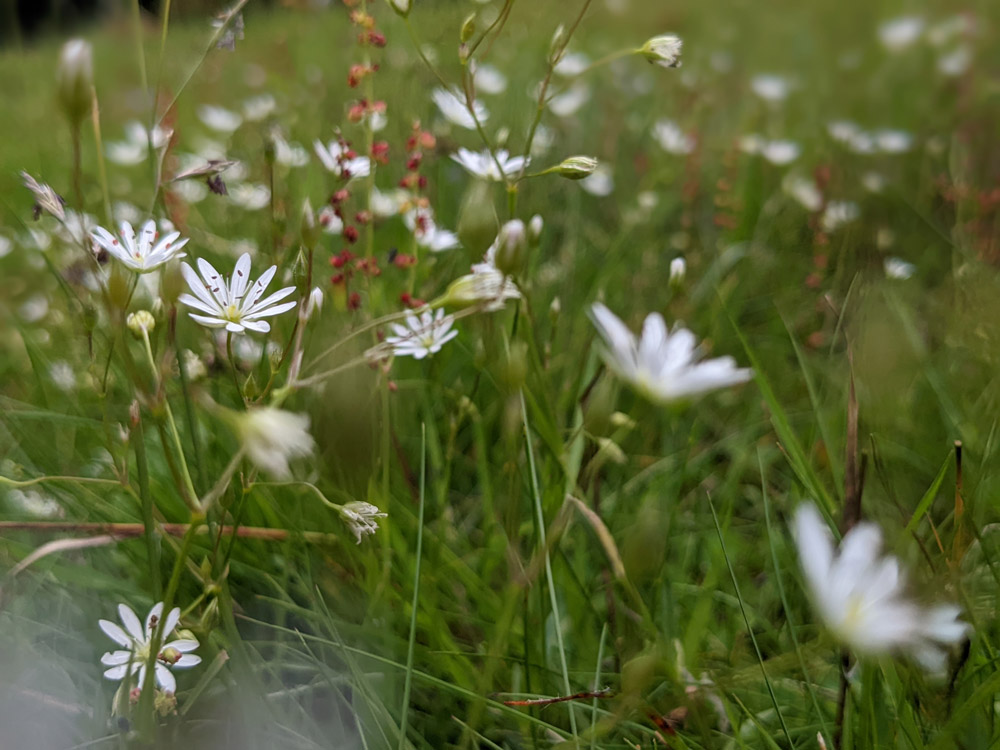
Same macro photo, attempted with the Google Pixel 4a, from smartphone, resized for web, Photo: Tim Coleman
Since its unboxing, I’ve used the GR IIIx everyday. Perhaps what I love the most about having a compact camera on me all the time is that it focuses my creativity. When I take the GR IIIx out of my pocket, it’s to make pictures! I can’t say the same for my smartphone with its multitude of distractions.
I’ve been on the same leisurely walk on separate occasions just with my phone and just with my camera, and guess which experience I enjoyed the most? Yes, accompanied with just a camera, I felt more peaceful and found my creative juices flowing freely. There’s a beauty in a camera’s limitations. Sure, a phone can go in airplane mode or have its notifications switched off, but the experience is simply not the same.
There’s also something to be said about the handling of a camera. In this case, the GR IIIx is custom designed for photographers, boasting a sub-one-second start up time, comfortable handling for single or two-handed operation, and comprehensive control over camera settings and picture styles. By comparison, working a camera phone is awkward.
I can also set the GR IIIx up ready to go for any situation at the flick of a switch thanks to it three entirely custom shooting modes, for example choosing the picture style I like and with the autofocus mode of my choice. I’ve captured decisive moments with the GR IIIx that I simply would have missed when using a phone.
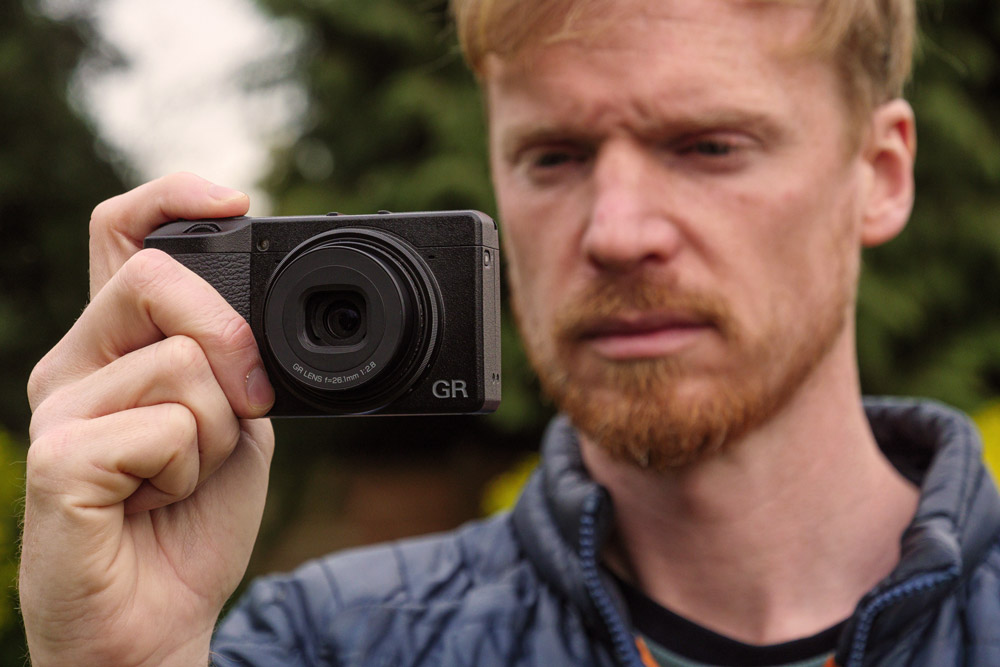
Tim Coleman using the Ricoh GR IIIx
Of course, the GR IIIx makes great pictures, too. It has a sharp 40mm f/2.8 lens that has a similar angle of view to a phone’s portrait lens, paired with a 24MP APS-C sensor which is around 4x the size of the iPhone 13 Pro’s primary camera sensor.
Why is sensor size so important to me?
I love immersive depth to my images that includes smooth focus fall-off, plus a good performance in all light. As capable as my smartphone is for photography, it relies on fallible computational photography to blur backgrounds and churn out crisp looking low-light shots, whereas the GR IIIx does it for real. I can see the difference especially in macro shots and fine detail such as hair in portraits.
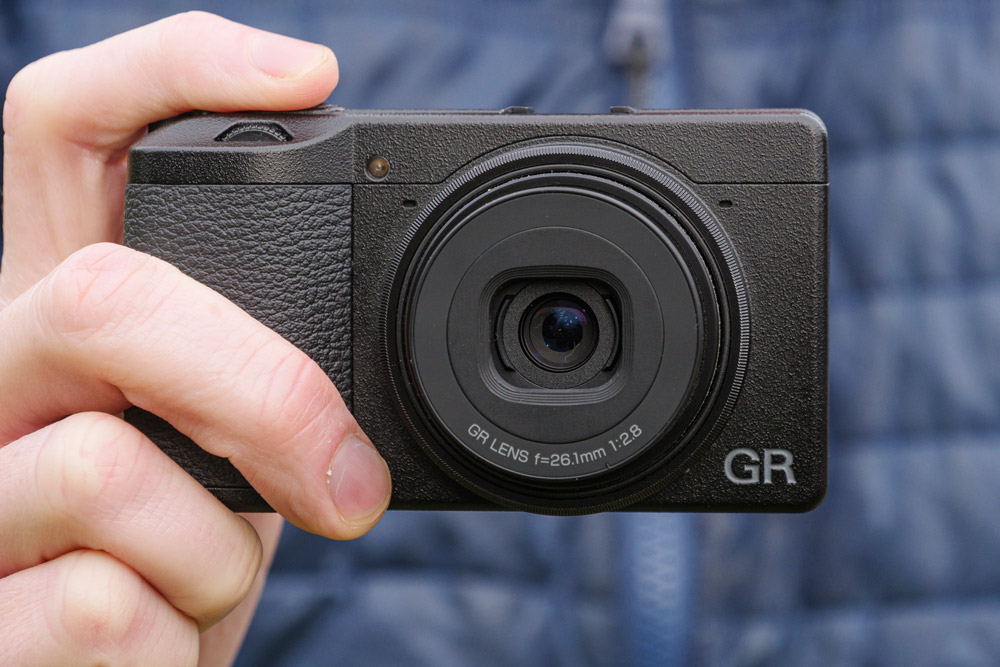
Ricoh GR IIIx in hand, close-up (Tim Coleman)
The GR IIIx has its downsides. Compared to bigger cameras (and phones for that matter) its battery life is awful. I’d love a built-in flash and most of all a tilt-screen would make shooting at awkward angles all the more easier. Of course phone screens don’t tilt either, but everyday I experience a scenario where I wish for a tilt-screen.
Yet as I have developed my eye and handling of the GR IIIx and harnessed its in-camera raw editing, it has boosted my creative life in a way that a smartphone cannot, and that is why this compact camera is better for photography.
The views expressed in this column are not necessarily those of Amateur Photographer magazine or Kelsey Media Limited. If you have an opinion you’d like to share on this topic, or any other photography related subject, email: [email protected]

